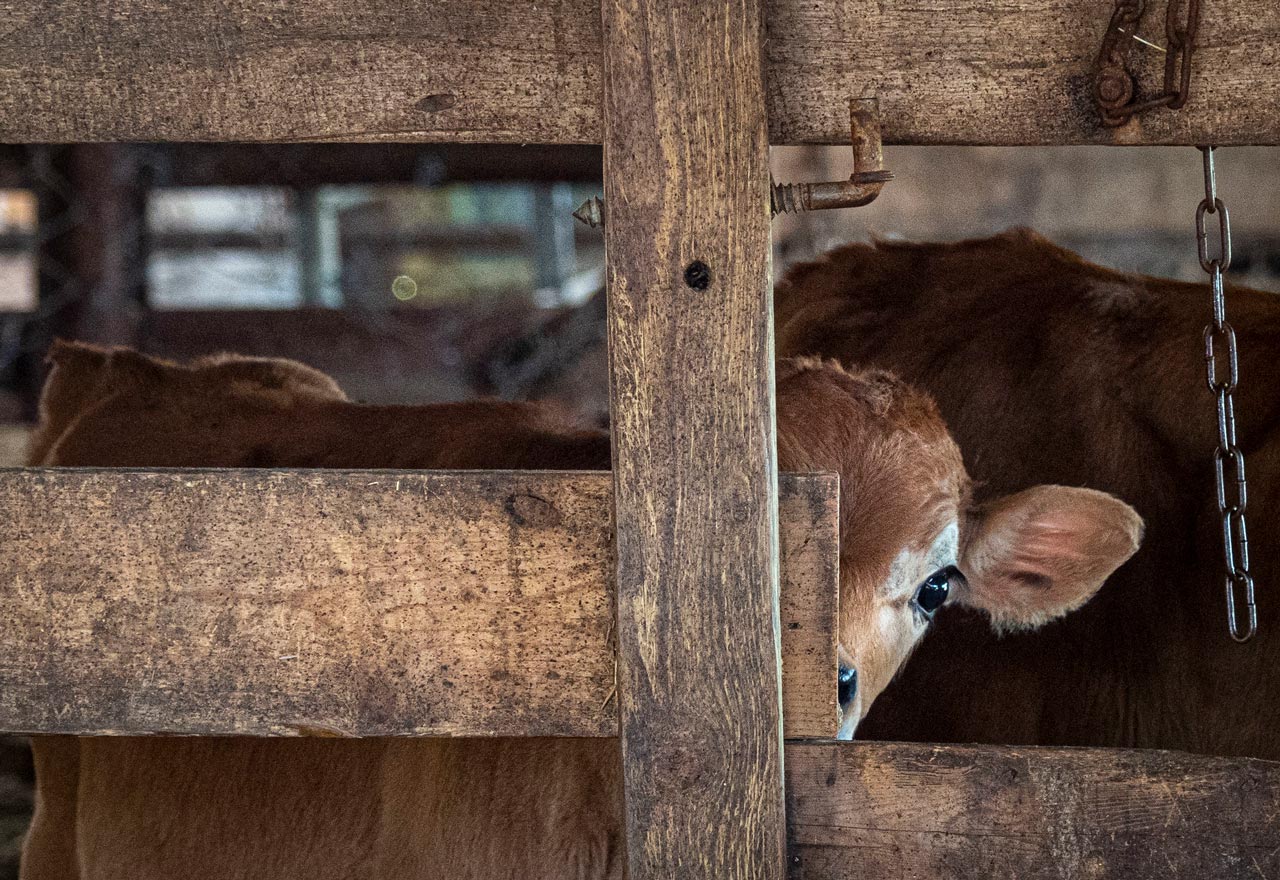The New York Times By Dan Barber Tarrytown, N.Y. THERE’S invariably something risky, if not risible, about allowing Congress to decide what’s for dinner. Bad decisions about agriculture have defined government policy for the last century; 70 percent of our nation’s farms have been lost to bankruptcy or consolidation, creating an agricultural economy that looks… Read more »
Search Results for: GMO
Eight Ways Monsanto Fails at Sustainable Agriculture
Union of Concerned Scientists Monsanto Company is the dominant player in commercial genetically engineered (GE) crops, the biggest seed company in the world, and—to hear them tell it—a leader and innovator in sustainable agriculture. Monsanto aggressively touts its technology as vital to achieving laudable goals such as ensuring adequate food production, responding to the challenge… Read more »
Is There Such a Thing as Agro-Imperialism?
New York Times By ANDREW RICE Dr. Robert Zeigler, an eminent American botanist, flew to Saudi Arabia in March for a series of high-level discussions about the future of the kingdom’s food supply. Saudi leaders were frightened: heavily dependent on imports, they had seen the price of rice and wheat, their dietary staples, fluctuate violently… Read more »
E. Coli Path Shows Flaws in Beef Inspection
New York Times By MICHAEL MOSS Stephanie Smith, a children’s dance instructor, thought she had a stomach virus. The aches and cramping were tolerable that first day, and she finished her classes. Then her diarrhea turned bloody. Her kidneys shut down. Seizures knocked her unconscious. The convulsions grew so relentless that doctors had to put… Read more »
Researcher Bias and the Carrageenan Controversy
Is carrageenan bad for you? When considering the answer to that question, it’s useful to follow the money. For example, industry consultant TOXpertise, LLC has painted research pointing to the potential health risks of this controversial food additive as faulty science. However, the company’s analyses were funded by FMC Corporation, which has “over 60 years of experience in the development and production of carrageenan products…” Yet in… Read more »
Recap from the National Organic Standards Board Meeting

Demystifying the policy that impacts organics farmers and consumers In the wake of massive destruction to the organic dairy marketplace, a languishing rule intended to prevent the continuous cycling of conventional livestock into organic operation will finally reappear as a second proposed rule for public comment. Reporting from the fall National Organic Standards Board (NOSB)… Read more »
The “Organic Pasture Rule”: How the Law Sets Minimum Standards for Grazing
by Kestrel Burcham, JD Farm and Food Policy Analyst at The Cornucopia Institute Introduction to Organic Livestock and Grazing Requirements How organic livestock are produced is covered by specific regulations—the only such federal regulations concerning a food product that address how the animal was raised and not just the qualities of the final product. The… Read more »
Over Half the Fruit and One Third of the Vegetables We Eat are Imported
Cornucopia’s Take: Since 1975, the United States has seen shocking increases in produce imports from other countries, detailed in the article below. In order to accept produce from places that are home to invasive pests and disease, the USDA has increased pesticide applications at the border. The FDA reports that nearly 10% of imported produce,… Read more »
A Farmer’s View of the NOSB Meeting in Denver
Cornucopia’s Take: Dave Chapman of Long Wind Farm in Vermont attended the recent National Organic Standards Board meeting. We share his thoughts on events there, and the history leading to them, below. Is healthy soil important? by Dave Chapman Dave Chapman testifies at the NOSB meeting in Denver “Finally, the soul of organics is at… Read more »
More Than Honey: Honeybees and Our Food System
Fix by Tafline Laylin Source: Brad Smith The importance of bees to humanity’s long-term survival is impossible to overstate, yet their numbers are plummeting. In the past five years alone, the United States has lost 31 percent of its total bee population.1Each year – because of climate change, mites, pesticides, colony collapse disorder (CCD), and… Read more »

